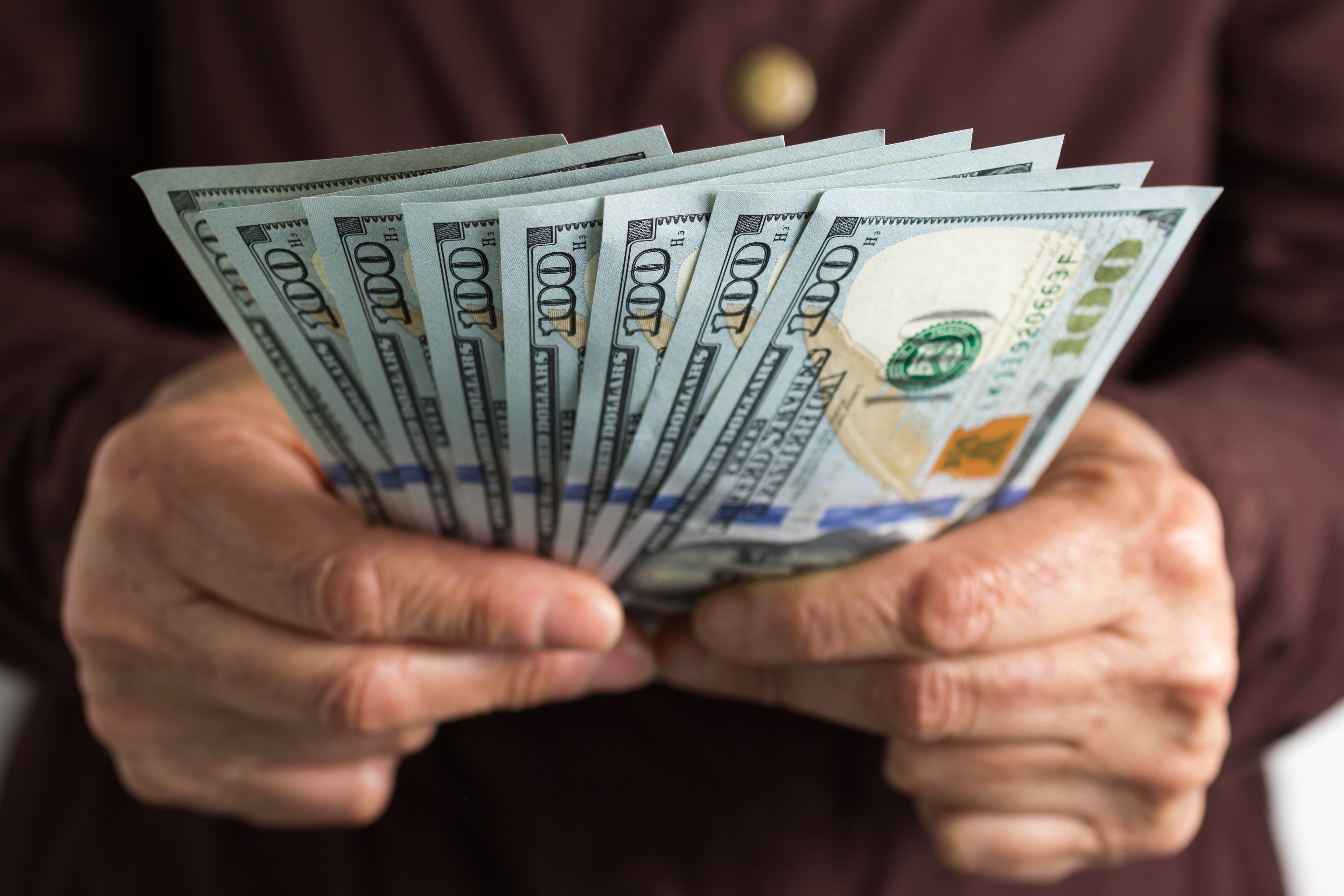It's that time of the month again: employment Friday, which saw the release of the January employment report. In short, the numbers are good -- take a look at the figures in bold in the following table, and I'll walk you through them below:
|
Indicator |
December |
December (revised) |
January, Consensus Estimate |
January, Actual |
|---|---|---|---|---|
|
Nonfarm payrolls, month-to-month change |
252,000 |
329,00 |
230,000 |
257,000 |
|
Unemployment rate |
5.6 % |
5.6 % |
5.7 % | |
|
Participation rate |
62.7 % |
62.9 % |
Source: Bloomberg.
The economy added 257,000 jobs in January -- a good result, as it beats the consensus estimate by 12% and represents 11 consecutive monthly gains in excess of 200,000 -- the longest such streak since 1994. Furthermore, gains for both December and November were revised upward. The revised figure for November, 423,000, is the highest since May 2010, when government hiring for the census lifted employment. Strictly in terms of private employment growth, November is unsurpassed going back to 1997!
The right kind of increase in the unemployment rate
The unemployment rate increased by a tenth of a percentage point to 5.7%, whereas the consensus had it remaining unchanged at 5.6%. However, this was within the estimate range, and more importantly, the rate increased for the right reason: Americans who were no longer looking for work are returning to the workforce, which rose by 703,000, resulting in an increase in the participation rate from 62.7% to 62.9% (despite this, the participation rate remains near a three-decade low).
In another sign that the employment market is improving, average hourly earnings rose 0.5% relative to December, above the 0.3% consensus estimate and higher even than the high estimate of 0.4%. That improvement did not come at the expense of hours worked, as the average workweek was unchanged at 34.6 hours (in line with the consensus estimate).
The trend is in: The U.S. economy is recovering
All told, January was in line with a trend of improvement in the U.S. economy, as the following five-year graph of monthly nonfarm payrolls and the unemployment rate illustrates:

The Fed's angle
This latest data is consistent with remarks in last month's statement from the Federal Reserve, according to which:
Labor market conditions have improved further, with strong job gains and a lower unemployment rate. On balance, a range of labor market indicators suggests that underutilization of labor resources continues to diminish.
Translation: The job market is getting tighter.
If this trend continues over the next several months, a first rate hike at the Fed's June policy meeting is a distinct possibility. Speaking on CNBC this morning, Charles Plosser, president of the Federal Reserve Bank of Philadelphia, called the numbers "very good," saying they're indicative of a "fairly normal economy."
That echoes the words of St. Louis Fed president James Bullard, who said Tuesday that "the economy is pretty close to normal behavior" -- in contrast to the federal funds rate, which Mr. Bullard said last month "is 400 basis points below normal," adding, "we've really got an emergency setting for the policy rate right now, and we don't have an emergency constellation of data anymore." Neither Mr. Plosser nor Mr. Bullard is a voting member of the Federal Open Market Committee, which sets interest rates.
Investors: A surprise is possible
The stock market's reaction was muted today, with the S&P 500 (^GSPC 0.74%) losing a modest 0.3% during today's trading session, but gold speculators appear to be taking the news rather more seriously, as the SPDR Gold Shares (GLD 0.65%) lost 2.6%. The market may be underpricing the probability of a June rate hike, which could leave us open to some surprises and volatility during the first half of the year. However, long-term investors, who are happy to invest "through" the interest rate cycle, need not be concerned.







